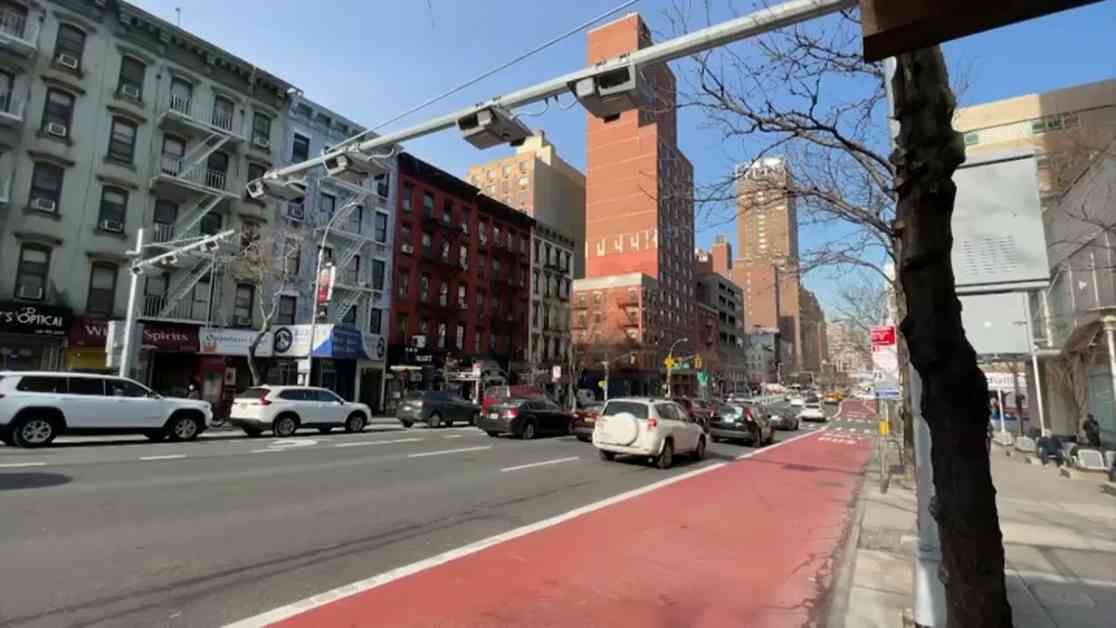Governor Kathy Hochul of New York has announced that the long-debated congestion pricing plan for Manhattan will finally be put into action starting this Sunday. The initiative aims to reduce traffic congestion, lower pollution levels, and generate revenue for public transportation. If you’re planning to drive into Manhattan after January 5, here’s what you need to know about the new toll system:
### Tolls and Charges
The toll will be applicable to the most congested area of Manhattan, situated below Central Park. The amount of toll charged will vary based on the time of entry and whether the vehicle has an E-ZPass. During peak traffic hours on weekdays (5 a.m. to 9 p.m.) and weekends (9 a.m. to 9 p.m.), vehicles with an E-ZPass will be charged $9 per entry. For overnight hours, the toll will be reduced to $2.25. Drivers without an E-ZPass will receive bills by mail and pay higher fees of $13.50 during peak hours and $3.30 overnight.
### Exceptions and Discounts
Motorcyclists will be charged half the amount of cars during peak hours, while buses and trucks will have different toll rates based on their size. Certain vehicles such as emergency service vehicles, school buses, and those carrying individuals with disabilities who cannot use public transport will be exempt from the toll. Low-income drivers who pay the toll 10 times in a month can apply for a 50% discount on subsequent trips.
### Taxis, Ubers, and For-Hire Vehicles
Passengers in taxis, Ubers, and other for-hire vehicles will have a per-trip surcharge added to their fares for rides within the Congestion Relief Zone. The surcharge will be 75 cents for taxis, green cabs, and black cars, and $1.50 for Uber or Lyft passengers.
### Background and Context
Congestion pricing is not a new concept globally, with cities like London, Stockholm, Milan, and Singapore already implementing similar measures. The idea has been discussed in New York for years, with Mayor Michael Bloomberg suggesting it in 2007. While the plan has faced opposition and legal hurdles, advocates believe it will reduce air pollution and support the region’s public transportation network.
As New Yorkers prepare for the implementation of congestion pricing, the impact on daily commuters and city life remains to be seen. Will the new toll system achieve its intended goals of reducing traffic congestion and promoting sustainable modes of transportation? Only time will tell how this significant change will reshape the bustling streets of Manhattan.












